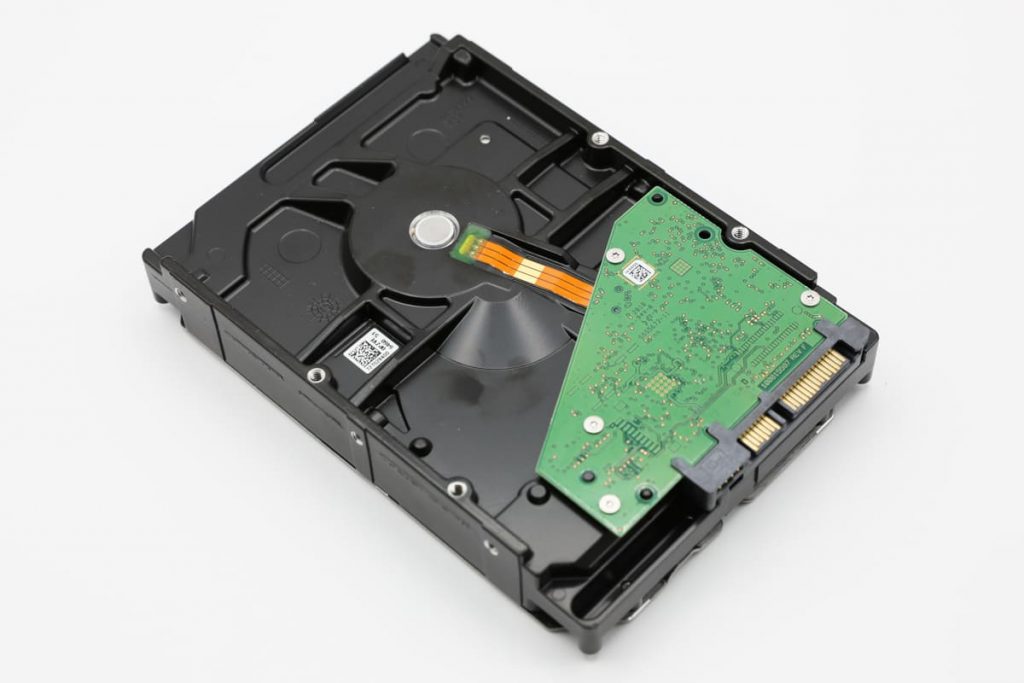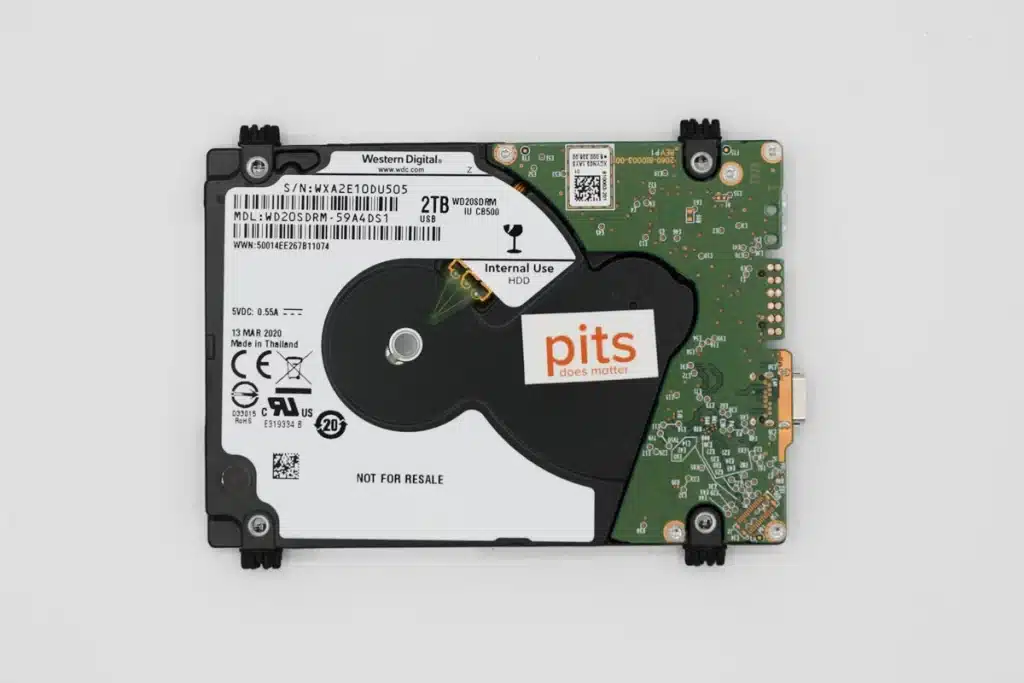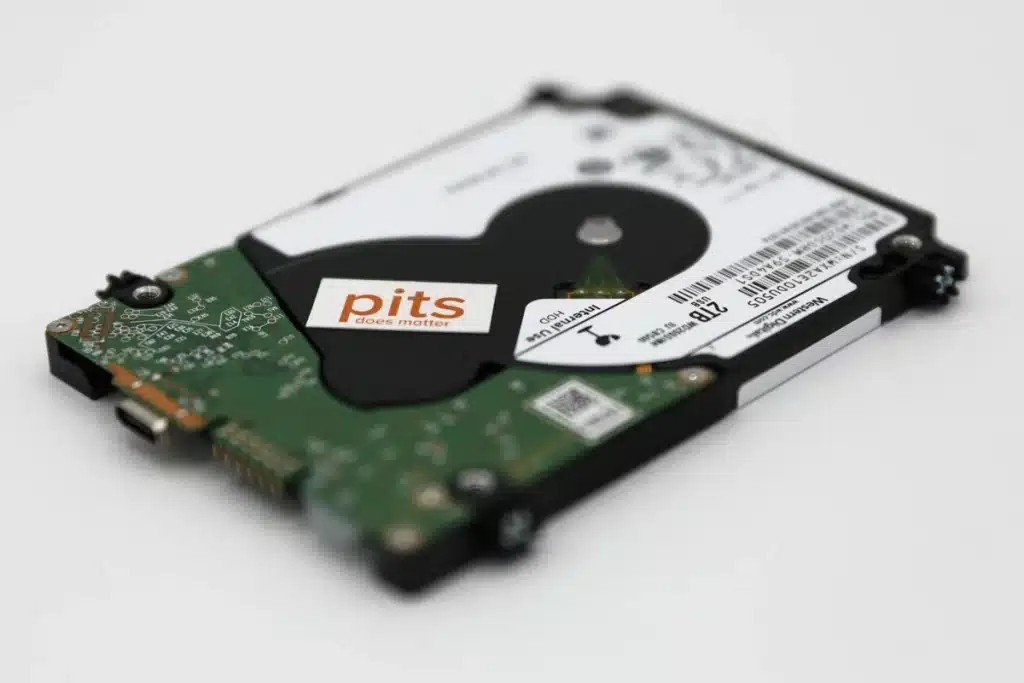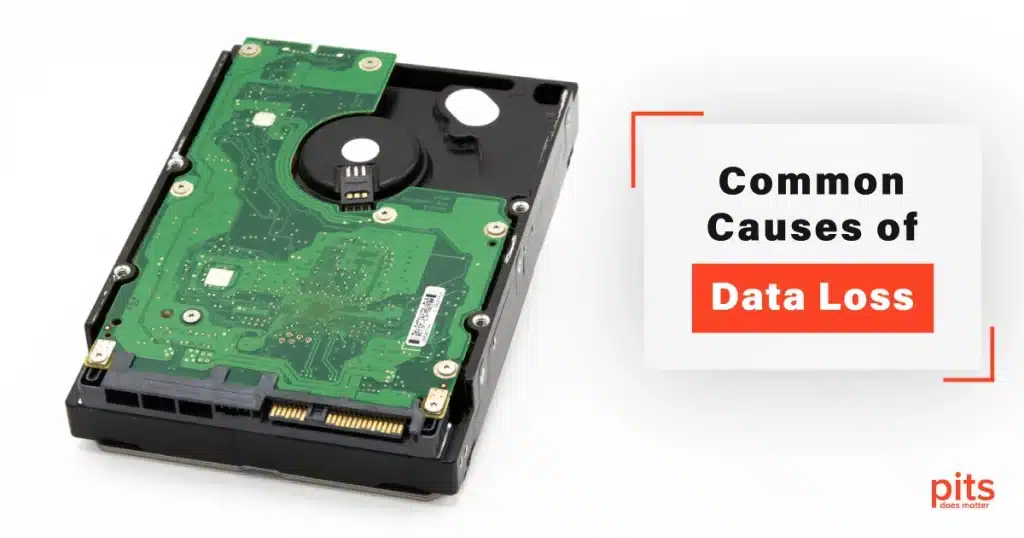In today’s digital age, data has become one of the most valuable assets for businesses and individuals. However, with the increasing dependence on technology, data loss has become a common problem. It can cause significant financial losses and other consequences. Losing data can happen to anyone, and it is essential to have a plan to prevent it from happening.
What is Data Loss
Data loss is when information stored in computer systems is damaged, deleted, or made inaccessible due to various factors, including hardware failure, software corruption, virus attacks, or human error. This lost data could range from personal files, such as photographs and documents, to critical business information, including customer databases, financial records, and proprietary research.
The repercussions of data loss are multifaceted, impacting the reliability, efficiency, and continuity of personal and business operations.
In businesses, data loss can result in hefty financial losses from downtime, data recovery costs, and legal issues tied to losing sensitive customer information. It can damage a company’s reputation, erode customer trust, and potentially lead to a loss in market share.

Individually, personal data loss can lead to emotional distress and inconvenience, especially when the data comprises irreplaceable memories, important personal documents, or critical work files. Thus, implementing robust data backup and recovery plans must be considered.
Types of Data Loss
Data loss can happen in different ways, from accidentally deleting files to serious events like hardware failure or cyber-attacks. Natural disasters like floods or fires can lead to significant data loss, highlighting the need for strong backup solutions. This section will discuss the different types of data loss and how they can affect individuals and organizations.
Human Error
One of the most prevalent and unavoidable causes of data loss is human error. This can occur in a variety of ways, including accidental deletion, modification of files, formatting of hard drives, and other mistakes.
Unfortunately, even a small error can lead to the loss of critical data, causing significant problems for businesses and individuals alike. As such, it is crucial to exercise caution and double-check before performing any action that could result in data loss.
This includes ensuring that files are backed up regularly and securely. In addition, it is critical avoiding hasty or careless decisions that could compromise important data. By taking these steps, individuals and organizations can reduce the risk of data loss and ensure that critical information is protected.
Malware and Viruses
One of the most insidious and pervasive threats to computer security is malware and viruses. These malicious programs can cause significant damage to your computer system, corrupting files, damaging hardware, and even stealing sensitive data.
Once a system is infected, it can be difficult to remove the malware, often resulting in significant downtime. To mitigate this risk, it is essential to have a reliable antivirus program to ensure that your system is protected.

Natural Disasters
While human error and malware are often the primary causes of data loss, natural disasters can also pose a significant risk. These events can physically damage hardware, destroy infrastructure, and wipe out critical data. This leaves businesses and individuals struggling with the loss of their sensitive information.
In such situations, it is essential to have a disaster recovery plan in place, including backup stored in a safe location. This not only ensures that data is protected from physical damage but also enables businesses to quickly recover from a disaster.
Theft
Another common cause of data loss is theft. It can result in the loss of sensitive information and compromise the security of businesses and individuals. This can occur in a variety of ways, including physical theft of data storage devices, or cybercrime such as hacking and phishing.
To prevent data loss in case of theft, it is important to take proactive measures, such as encrypting data. This can make it more difficult for thieves to access and use stolen information, minimizing the impact of a security breach.
Power Failures
Power failures and surges can be a significant threat to computer systems, causing data corruption and hardware damage. In addition to causing significant downtime and lost productivity, power-related issues can also result in permanent data loss.
One of the most effective ways to prevent data loss is to invest in an uninterruptible power supply (UPS). These devices provide backup power in case of a power outage or surge. It allows computer systems to shut down safely and preventing damage to hardware or data corruption.
Hardware Failure
One of the most significant threats to data loss is hardware failure. This can occur in a variety of ways, including mechanical failure of hard drives and physical damage to hardware components.
When hardware fails, it can result in the lost data being inaccessible, causing significant disruption for businesses and individuals.

Operating System Failure
One of the most common causes of data loss is operating system failure. This can occur due to a variety of reasons, such as software conflicts, hardware failures, and malware infections. When an operating system fails, it can result in data corruption, making it impossible to access files. This can lead to significant downtime and loss of productivity, as well as potential financial losses for businesses.
Data Loss Prevention
- Data Classification. Data classification involves identifying the sensitive data in an organization and categorizing it based on its level of sensitivity. This process enables organizations to prioritize their security measures and focus on protecting their most sensitive data. Data classification is usually performed based on factors such as data type, sensitivity, confidentiality, and regulatory requirements.
- Access Control. Access control is the process of restricting access to sensitive data to authorized users only. This can be achieved by implementing security measures such as password protection, multi-factor authentication, role-based access control, and encryption. Access control helps prevent data breaches resulting from unauthorized access or data theft by insiders.
- Encryption. Encryption is the process of encoding sensitive data to prevent unauthorized access or theft. Data is encrypted using an algorithm that scrambles the data, making it unreadable without a decryption key. Encryption protects data, ensuring that even if an attacker gains access to the data, they cannot access without the decryption key.
- Data Backup and Recovery. Data backup and recovery involves creating copies of critical data and storing them in secure locations. This technique ensures that data is recoverable in the event of data loss due to hardware failure, natural disasters, or cyberattacks. Regular backups can also help mitigate the risk of data loss due to human error.
- Employee Education and Training. Employee education and training is an essential aspect of any DLP strategy.

Training employees on data security practices, such as password management, and safe browsing, can significantly reduce the risk of data breaches.
- Monitoring and Auditing. Monitoring and auditing involve using software tools to track data access, usage, and transmission within an organization. This technique can help identify potential data breaches and detect any suspicious activities that may indicate a data leak.
Implementing effective DLP techniques is crucial to safeguarding an organization’s confidential data from unauthorized access or loss. By using a combination of access control, backup and recovery, and auditing, organizations can increase level of data loss protection.
Importance of Professional Data Recovery Services
If initial data recovery attempts fail, consider consulting professionals for a more effective solution. Reliable data recovery services possess the expertise, experience, and specialized equipment necessary to tackle complex data loss scenarios that often prove challenging for standard recovery methods. These professionals work under controlled environments to maximize the chances of recovery, handling various issues from physical hard drive failures to sophisticated software corruption.
PITS Global Data Recovery Services emerges as a trusted and reliable solution for those facing the daunting data loss challenge. With an impressive track record of successfully retrieving information from numerous storage devices, PITS Global is committed to offering high-quality, secure, and efficient data recovery services. Contact PITS Global Data Recovery Services today to protect your data and be ready for any data loss.
FAQ - Data Loss
What are the primary hardware failures that can lead to data loss?
- Primary hardware failures leading to data loss often include hard drive crashes due to mechanical issues, solid-state drive (SSD) wear and tear over time, and damage from overheating or power surges. These failures can result in sectors of the drive being unreadable or completely inaccessible, leading to potential loss of data stored on the device. Addressing these issues promptly with professional assistance can sometimes prevent total data loss.
How can software corruption cause the loss of critical data?
Software corruption can lead to data loss by damaging the file system or the files themselves, making them unreadable or inaccessible. This corruption may result from malware attacks, software malfunctions, or improper shutdowns. Recovering data from corrupted software often requires specialized tools and expertise to restore the lost information effectively.
How do virus attacks compromise data, leading to its loss or inaccessibility?
- Virus attacks compromise data by infiltrating systems, directly deleting or encrypting files, and rendering the data inaccessible without a decryption key. These malicious activities disrupt operations and can lead to permanent data loss if not addressed promptly with professional recovery services.
Can accidental deletions significantly contribute to data loss, and how can they be prevented?
- Accidental deletions are a significant cause of data loss, often due to human error or oversight. Preventative measures include regular backups and user education on the importance of cautious file handling and the use of confirmation prompts before deleting files.
How do power outages or surges contribute to the risk of losing data?
Power outages or surges can lead to data loss by corrupting open files or damaging the storage media’s physical components. Implementing surge protectors and uninterruptible power supplies (UPS) can mitigate these risks significantly.
